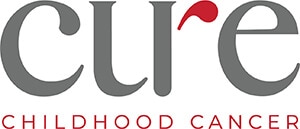Lake, Mary Elizabeth, and Melissa met while fighting acute myeloid leukemia (AML). Although they were different ages, they formed a unique and special bond. So did their families. The three fought the disease bravely, but each ultimately passed away just months apart. As their families grieved their loss, their shared tragedy strengthened the bond between them.

The Paris, Thompson, and Depa families
Melissa’s family already had a Named Fund with CURE Childhood Cancer aimed at advancing research into cures for AML. They invited Lake and Mary Elizabeth’s families to join them and changed the name of the fund from the Melissa Strong Fund to United for a CURE. They were, in fact, united in their hope for better outcomes for children forced to fight AML in the future. And they worked hard to raise money by selling gold bows and garden flags, washing cars, hosting golf tournaments, and creating carnivals, among other things. Their shared sweat and tears have now taken their fundraising efforts across the $1,000,000 mark, and the investment in research is becoming a source of hope for children with AML.
United for a CURE began funding Target Pediatric AML, which is the work of Dr. Soheil Meschinchi at Seattle Children’s Hospital. Through genetic testing, Target Pediatric AML’s aim is to identify common genetic changes in children with AML and target those mutations with existing drugs delivered in the right combinations.
“This is all about understanding the enemy at a deeper level and finding ways to apply that knowledge to destroy it,” said Julie Guillot, childhood cancer advocate and co-founder of Target Pediatric AML. “The data we’ve been able to build since the project started is like a snowball getting bigger as it rolls downhill. CURE and United for a CURE were the project’s largest private funders, and it is now a large international clinical trial that will benefit children and adults worldwide. Those three children really set the snowball on its way.”

Sophia
Recently, Dr. Meschinchi made a discovery that exemplifies the hope that the collection of this data can provide. There is an AML subtype that only occurs in infants and toddlers and has a very poor prognosis. As he poured over the data acquired on this subtype, Dr. Meschinchi noticed a cell cluster and drilled into it to find what was over-expressed in the cell. As he looked more into that cell cluster, he realized the same cluster exists in certain types of ovarian cancer. Fortunately, a drug is currently in clinical trials that is proving very effective against the form of ovarian cancer with the cell cluster.
This proved a timely discovery for a little girl named Sophia, who was fighting this particular AML subtype. In January, Sophia’s cancer elevated to 95% in her bone marrow – meaning that she only had 5% marrow in her bones. The rest was cancer! Dr. Meschinchi was able to get approval from the FDA and pharmaceutical manufacturer to give the ovarian cancer drug to Sophia. After only two infusions, the cancer cells in her marrow were reduced from 95% to only 1%. With her bone marrow nearly free of cancer, she was able to receive a bone marrow transplant at the end of April. Today, she is cancer-free.
Love for Lake, Mary Elizabeth, and Melissa led their families to raise money in the hope of finding a cure, and now a little girl is in remission because of their effort. And that hope is building as discoveries continue to grow.
“This project is searching for individual therapies for every child to improve their chance of survival,” said Joe Depa, Melissa’s father. “It’s too late for Lake, Mary Elizabeth, and Melissa. But we hope someday their names are attached to a cure for AML so that other children win their fight.”




